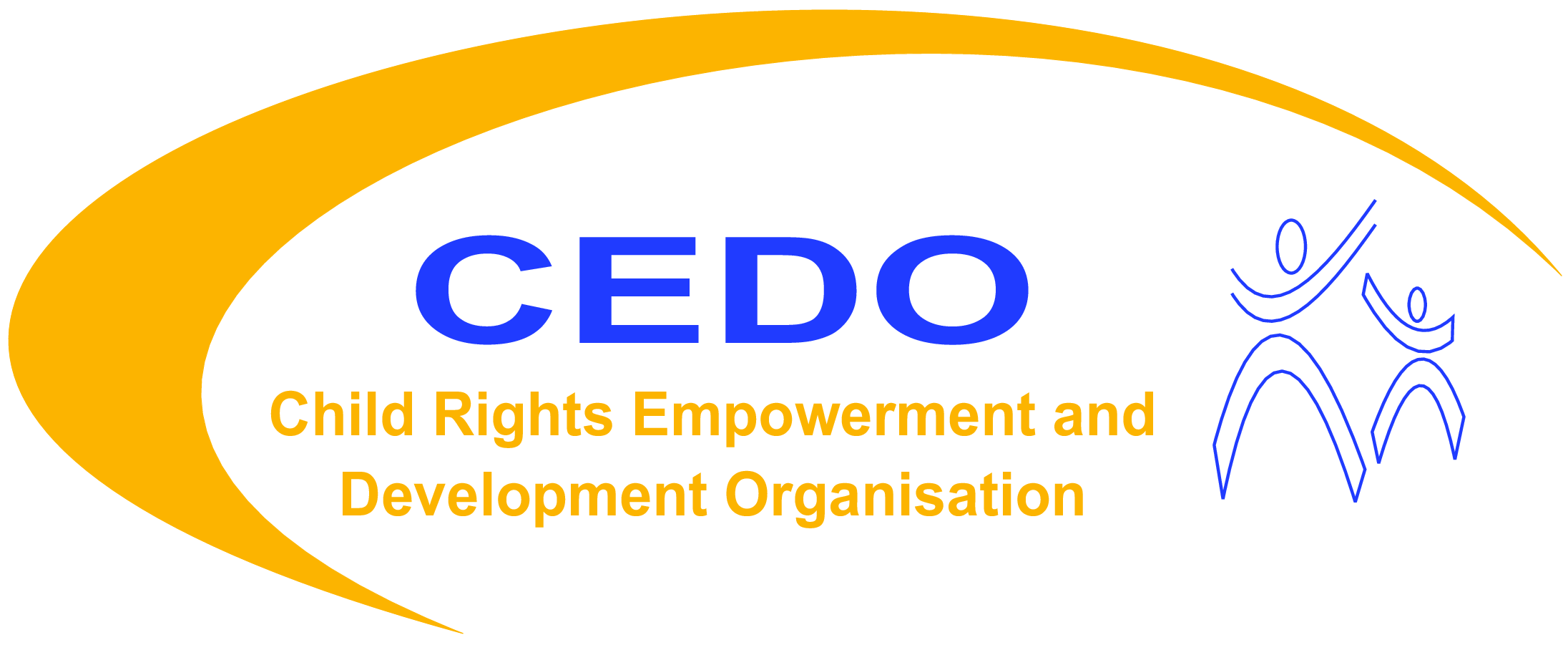Sexual and Reproductive Health Rights (SRHR) and HIV/AIDS:
According to UNICEF's 2015 report, "State of the World's Children ̈, national statistics show that 40% of women in Uganda were below the age of 18 at the time of marriage. One in every four girls between 15 and 19 is already a mother or pregnant with her first child in Uganda (UNFPA report). The situation is worse for children under difficult circumstances like refugees, children on the move and those living on the streets and/or in extreme poverty. There is evidence that child marriage and other forms of sexual exploitation and abuse are linked to the social norms and inequalities as drivers.


HIV prevalence rates are much higher among Key Populations (KPs) than the general population; 13% for men who have sex with men (MSM) and 35% for sex workers (SWs). HIV-related mortality is declining, largely due to increased enrolment in ART. The Contraceptive Prevalence Rate (CPR) for modern family planning (FP) methods among all women of reproductive age in Uganda is low at 30% and the unmet need for FP remains high at 34%. Given the low CPR it is not surprising that Uganda has one of the highest fertility rates in the world at 6.2 children per every woman of reproductive age. Women and girls are unable to delay motherhood and to plan their family size. A number of factors account for this including women’s limited access to information, education and counseling. Supply side factors that contribute to the low levels of uptake of modern FP methods include poor FP commodity security; staff availability and skills, social and cultural factors.
